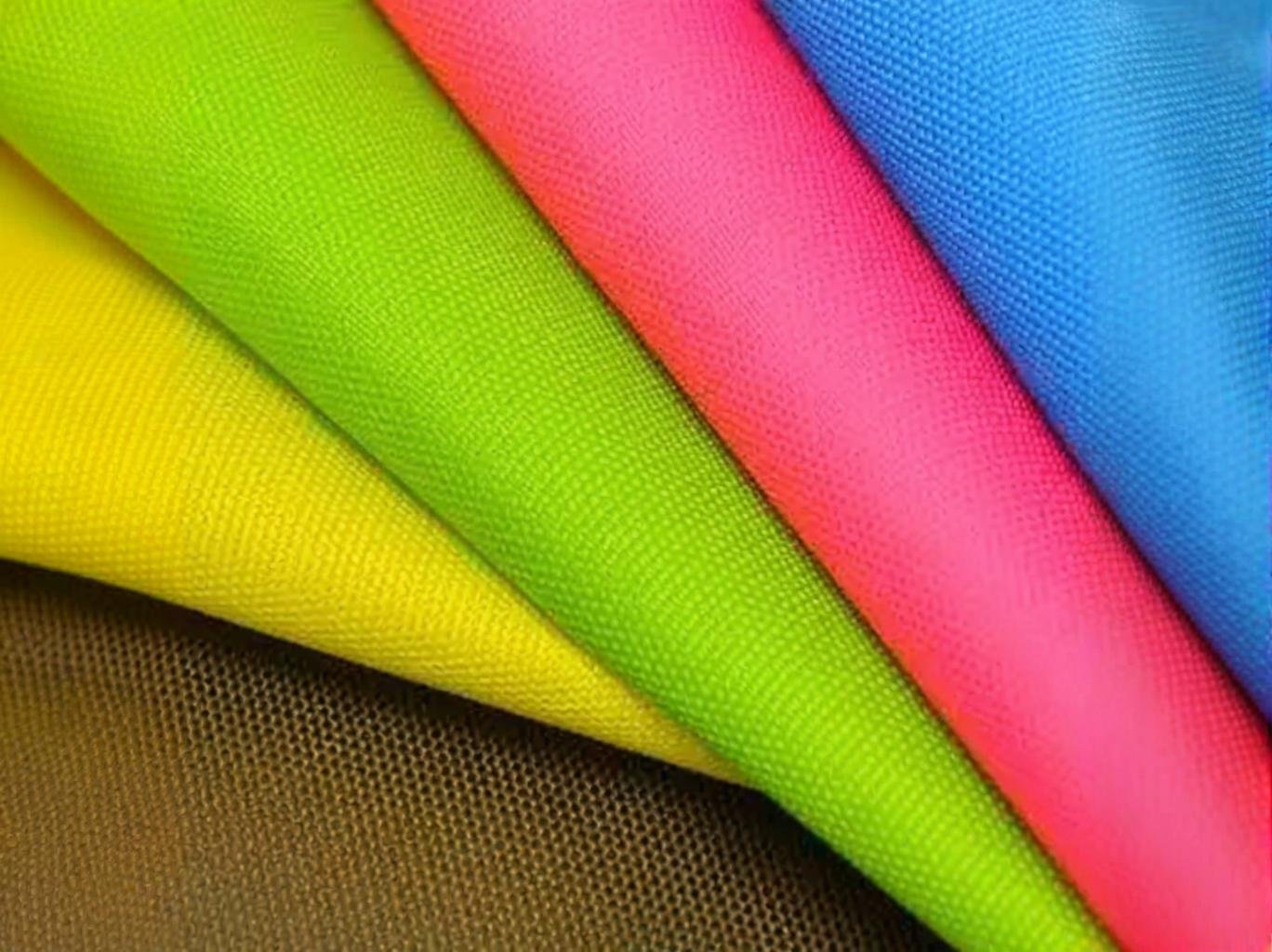How Different Types of Silk Fabric are Shaping the Future of Textiles
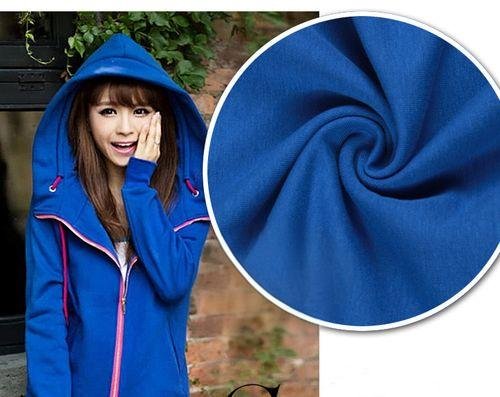
Silk, long revered for its luxurious drape and delicate shimmer, is no longer just the material of royalty or haute couture. Today, silk fabric is at the center of a major transformation in the textile industry—driven by shifts in sustainability, smart fabric technology, and growing consumer demand for premium yet ethical materials. For B2B buyers, the silk of the future isn’t just about elegance; it’s about performance, scalability, and innovation.
Silk fabric is evolving rapidly, with key types like mulberry, eri, tussar, and silk blends playing distinct roles in sustainable fashion, functional interiors, and high-performance apparel. Each variant offers unique technical, ecological, and economic benefits—making silk a versatile and strategic material in the future of textiles.
Consider this: A European wellness hotel chain recently replaced their traditional cotton bedding with SzoneierFabrics’ custom-dyed mulberry silk sets. The result? A 28% increase in customer satisfaction scores related to sleep quality—backed by repeat bookings and influencer-driven social media buzz. It’s proof that silk, when thoughtfully sourced and applied, is not only aesthetic but also commercially impactful.
What Are the Key Types of Silk Fabric and How Are They Classified?
Silk fabrics are primarily classified by their fiber origin (e.g., mulberry, eri, tussar, muga) and weave type (e.g., charmeuse, dupioni, habotai, organza). Each classification impacts appearance, texture, sustainability, and cost, which makes understanding them critical for B2B buyers.
Silk is not a one-size-fits-all material. Choosing the wrong type can lead to poor performance, misaligned branding, or overpayment. For B2B buyers sourcing thousands of meters of fabric for product development or private label manufacturing, the distinctions between these silk types are not trivial—they’re make-or-break.
Silk Classification Overview
1. By Silkworm Species (Fiber Origin)
| Type | Silkworm Species | Texture | Common Uses |
|---|---|---|---|
| Mulberry | Bombyx mori | Fine, smooth | Bedding, fashion, scarves |
| Eri | Philosamia ricini | Soft, matte | Ethical fashion, upholstery |
| Tussar | Antheraea mylitta | Coarse, uneven | Drapes, rustic garments |
| Muga | Antheraea assamensis | Stiff, natural gold | Cultural wear, accessories |
2. By Weave Type (Fabric Construction)
| Weave Type | Characteristics | Application |
|---|---|---|
| Charmeuse | Glossy front, dull back, fluid drape | Lingerie, pillowcases, formalwear |
| Habotai | Lightweight, soft, plain weave | Linings, summer tops, light curtains |
| Dupioni | Slubby texture, crisp body | Structured garments, interior cushions |
| Organza | Sheer, stiff | Overlays, veils, luxury window treatments |
SzoneierFabrics can provide free swatch books featuring over 12 silk types, each labeled with GSM, filament length, and dyeability index—ideal for spec comparisons during development.
How Is Innovation in Silk Production Transforming Modern Textile Applications?
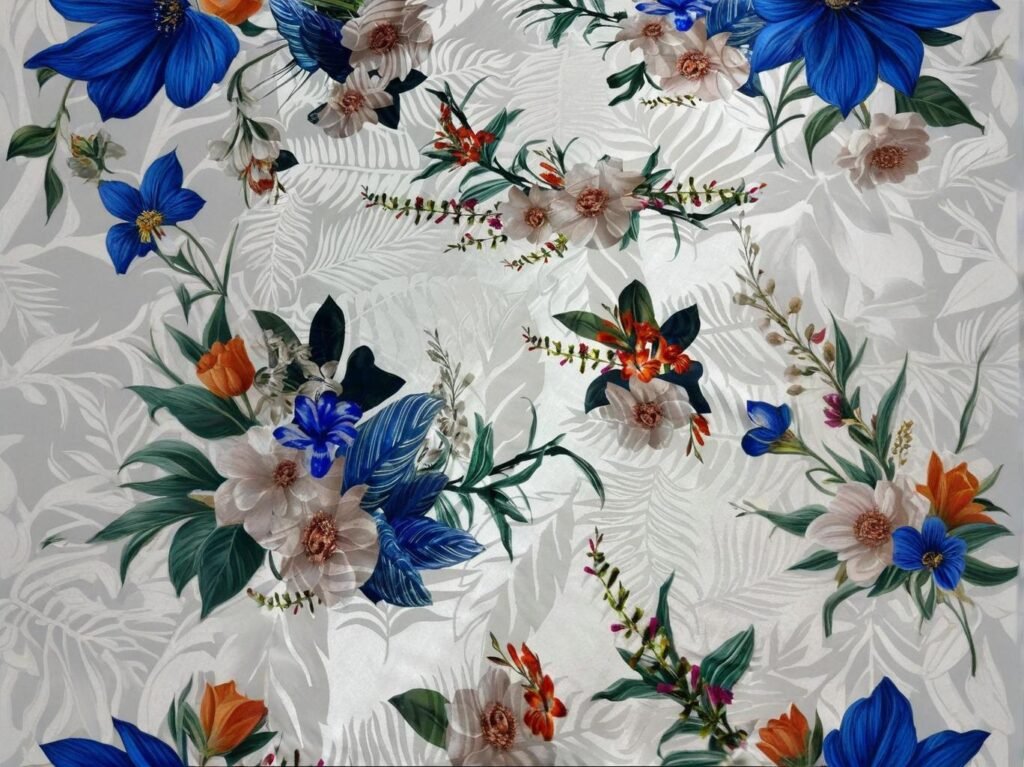
Innovations in silk production—from sustainable sericulture to advanced fiber engineering and smart finishes—are expanding silk’s role in wellness textiles, eco-fashion, and smart interiors.
Traditional sericulture still dominates the global silk supply, but leading manufacturers are now adopting low-impact farming, closed-loop dyeing, and blended yarn technology to enhance silk’s usability and environmental performance. This progress is making silk more scalable, versatile, and accessible than ever before.
Key Innovations in Silk Fabric Manufacturing
1. Sustainable Sericulture
New farming methods focus on reducing environmental impact:
- Organic mulberry cultivation using non-GMO leaves and rain-fed irrigation
- Eri silk farming that avoids cocoon boiling, gaining traction in cruelty-free brands
- Use of bamboo scaffolding and pesticide-free environments to protect soil integrity
2. Smart Finishing Technologies
- Nano-coating for wrinkle resistance without harsh chemicals
- Antibacterial enzyme finishes using chitosan or silver particles
- Moisture-wicking silk blends developed for yoga apparel and innerwear
| Innovation Type | Functional Outcome | Applications |
|---|---|---|
| Enzyme Washing | Eco-soft finish, low-pilling | Sustainable fashion, sleepwear |
| Thermoregulation Finish | Improves body temperature balance | Activewear, bedding |
| Digital Reactive Printing | High-resolution branding | Custom scarves, private label apparel |
| Flame-retardant Silk | Enhanced safety compliance | Upholstery, curtains in hospitality |
3. Silk Blend Engineering
High-performance silk blends are changing the game:
- Silk-Lycra for stretch comfort
- Silk-Tencel for drape and sustainability
- Silk-Nylon for strength in travel products
A Korean athleisure startup developed a silk-nylon activewear line with SzoneierFabrics. The line sold out its first production run of 2,000 units within 3 weeks due to its “natural luxury meets functionality” campaign.
Which Silk Fabrics Are Gaining Popularity in Sustainable Fashion and Home Decor?
In sustainable fashion and home decor, mulberry silk (certified OEKO-TEX or GOTS), eri silk (also called peace silk), and silk-cotton blends are gaining popularity due to their ethical sourcing, biodegradability, and low-impact production methods.
As consumers become more environmentally and socially conscious, B2B buyers are shifting toward silk fabrics that align with values like non-violence, low chemical use, and circular design. This transition is especially visible in eco-luxe bedding, slow fashion apparel, cruelty-free accessories, and green-certified interior projects.
Popular Sustainable Silk Types and Their Impact
1. Eri Silk (Ahimsa Silk)
- No silkworms are killed during harvesting.
- Produced by tribal communities in India and Thailand.
- Naturally off-white and matte with a cottony feel.
| Feature | Description |
|---|---|
| Harvesting Method | Non-violent, post-emergence cocoon use |
| Texture | Soft, breathable, slightly coarse |
| Ideal Use | Ethical fashion, babywear, soft furnishings |
A Denmark-based yoga clothing brand uses SzoneierFabrics’ eri silk-blend jersey for their meditation wear line, claiming a 22% higher repurchase rate for garments labeled “cruelty-free.”
2. GOTS-Certified Organic Mulberry Silk
- Cultivated without synthetic fertilizers or pesticides.
- Often combined with eco-friendly dyes and finished in closed-loop systems.
| Benefit | Impact |
|---|---|
| Soil & water health | Preserved through organic farming |
| Consumer trust | Boosted by global certification (GOTS) |
| Pricing | +15–25% higher than non-certified mulberry |
A luxury hotel chain in Singapore switched to organic silk pillowcases, promoting them in-room as a sustainability feature—resulting in more social shares and improved guest perception scores.
3. Silk-Cotton and Silk-Linen Blends
- Natural fibers with lower silk content for affordability.
- Biodegradable and breathable with a rich texture.
| Blend Type | Sustainability Rating | Use Case |
|---|---|---|
| Silk-Cotton | High | Eco-fashion, summer dresses |
| Silk-Linen | Very High | Rustic home textiles, bedding |
Do Blended Silk Textiles Offer a Competitive Advantage in Performance and Cost?
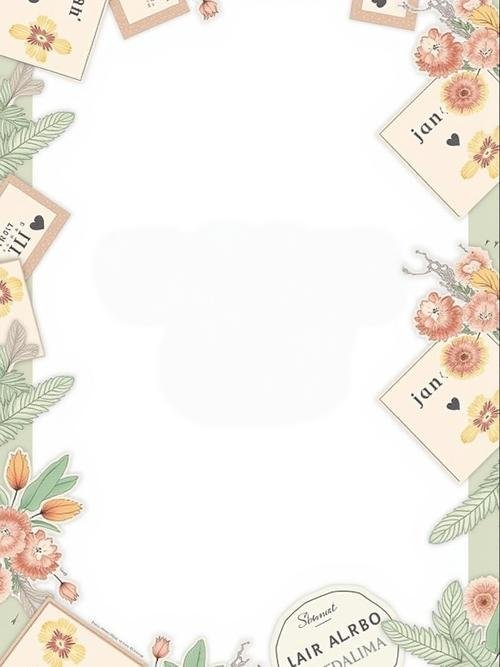
Yes—blended silk textiles offer enhanced durability, better wrinkle resistance, reduced costs, and new textures, making them ideal for B2B buyers balancing luxury aesthetics with functionality and affordability.
While pure silk is unmatched in softness and sheen, it can be fragile and costly. Blending it with other fibers creates a material that preserves silk’s beauty while improving practical performance for fashion and interiors.
Key Silk Blends and Their Business Advantages
1. Performance Improvements
| Blend Type | Advantage | Comparison to 100% Silk |
|---|---|---|
| Silk-Viscose | Better drape and wrinkle resistance | Slightly less breathable |
| Silk-Polyester | High durability and reduced shrinkage | More affordable, slightly stiffer |
| Silk-Cotton | Better structure and washability | Slightly less shine, more casual feel |
SzoneierFabrics provides custom silk-cotton blends for brands that need soft-touch fabrics that hold their shape after repeated washing—a common pain point in retail returns.
2. Cost Reductions
Blending silk with other fibers significantly reduces material costs without sacrificing too much visual appeal.
| Fabric Type | Average Price per Meter | MOQ @ SzoneierFabrics |
|---|---|---|
| 100% Mulberry Silk | \$25–\$40 | 50 meters |
| Silk-Viscose Blend | \$12–\$18 | 50 meters |
| Silk-Polyester | \$10–\$15 | 50 meters |
A US-based homeware label blended 40% silk with viscose for a curtain collection that looked high-end but cost 45% less to produce. It enabled higher margin at scale, leading to expanded distribution via major online retailers.
3. Customization & Versatility
Blended silks can be digitally printed, dyed in complex tones, or textured using specialized finishes like sand washing or enzyme treatments—offering more flexibility for seasonal collections and private label projects.
4. Consumer Acceptance
Today’s buyers are more educated than ever. Labels with transparency such as:
- “Made with 50% silk for softness and 50% cotton for breathability.”
- “Blended with bamboo fiber for enhanced sustainability.”
…perform better in both physical and online stores than vague descriptors like “satin blend.”
How Are Emerging Dyeing and Finishing Techniques Enhancing Silk Functionality?
Advanced dyeing and finishing techniques—such as enzyme washing, AZO-free digital dyeing, moisture-wicking treatments, and calendaring—are transforming silk into a multifunctional material with improved durability, sustainability, and sensory performance.
Modern silk production is no longer limited to raw softness and sheen. Through controlled finishing processes, silk can be tailored to specific B2B needs—whether that’s UV resistance for curtains, wrinkle reduction for apparel, or bio-based antimicrobial properties for wellness brands.
Finishing Innovations Driving Modern Silk Usage
1. Eco-Friendly Dyeing Technologies
Traditional silk dyeing consumes a lot of water and energy. Today’s eco-dyeing options reduce environmental load:
| Dyeing Method | Features | Best For |
|---|---|---|
| AZO-Free Reactive Dye | No harmful chemicals, vivid colors | Fashion, bedding |
| Closed-Loop Dye Baths | Recycled water, minimal runoff | Sustainable collections |
| Digital Pigment Print | No water, no steaming | Small batch customization |
A DTC accessories brand in Canada adopted SzoneierFabrics’ AZO-free dyed silk for printed headbands, boosting their green brand image and gaining visibility through an eco-fashion marketplace partnership.
2. Functional Finishes
| Finish Type | Functional Outcome | Use Case |
|---|---|---|
| Moisture-Wicking | Draws sweat away from skin | Activewear, undergarments |
| Anti-Bacterial Coating | Inhibits bacteria growth (silver, bamboo) | Sleepwear, pillowcases, travel kits |
| UV Protection | Reduces sun damage and fading | Curtains, beachwear, blinds |
| Flame-Retardant | Meets safety codes | Hotels, hospitals, commercial interiors |
A hospitality supplier working with SzoneierFabrics added flame-retardant silk lining to 5-star hotel drapery, allowing compliance with international fire codes without losing the luxurious look.
3. Tactile Enhancement Finishes
- Sand washing: Creates a peach-skin finish, popular for casualwear.
- Calendaring: Adds sheen and a “silky snap” feel for more formal products.
- Enzyme treatment: Natural softening that reduces pilling and adds anti-static properties.
Request side-by-side swatch comparisons (finished vs. unfinished) from your supplier. The tactile difference is often subtle but critical for high-touch products like scarves or loungewear.
What Role Does Digital Printing Play in Customizing Silk for B2B Clients?
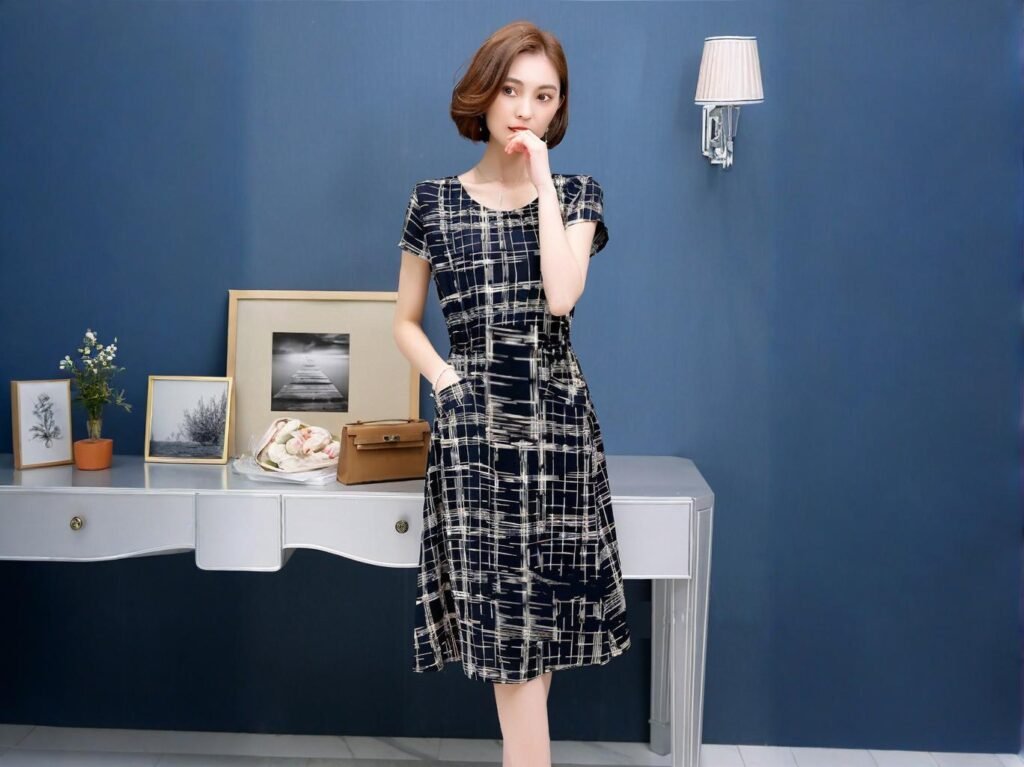
Digital printing allows B2B buyers to create small-batch, high-precision, and Pantone-matched silk fabrics with fast turnaround—ideal for branding, private label development, and seasonal fashion drops.
As the industry pivots to on-demand and low-MOQ production, digital printing has emerged as a game-changer. It reduces inventory risks, enables rapid sampling, and supports direct-to-consumer brands looking for agility and originality.
Why Digital Printing Is Ideal for Custom Silk
1. Speed and Sampling Efficiency
| Traditional Printing | Digital Printing |
|---|---|
| Requires screens per color | No screens needed |
| Long setup time (7–10 days) | Setup in 1–2 days |
| High MOQ (300+ meters) | Low MOQ (as little as 10–20 meters) |
| High cost for small runs | Cost-effective for sampling & DTC |
SzoneierFabrics reports that 62% of international DTC fashion clients now use digital reactive printing for product launches under 200 meters.
2. Pantone Precision
- Print vivid solids, gradients, or photographic patterns with 95% Pantone accuracy.
- Maintain consistent color across reorders, even months later.
A luxury silk scarf company in the UK used digital printing to launch seasonal artist collaboration designs—increasing engagement on Instagram and doubling limited-edition sell-through within 14 days.
3. Sustainability Edge
- Waterless printing (especially pigment-based)
- Minimal waste (no leftover screens, low ink use)
- Easy to localize production (near-market printing facilities)
4. Versatility Across Silk Types
- Works on charmeuse, habotai, chiffon, and silk blends.
- Best paired with pre-treated fabrics for maximum ink absorption.
Always ask whether the silk has been pretreated for digital printing. Untreated silk may bleed or yield less vibrant results.
Is Ethical and Peace Silk a Viable Option for Large-Scale Commercial Use?
Yes, ethical silk—including peace silk (Eri), wild silk (Tussar), and non-violent mulberry alternatives—is becoming increasingly viable for large-scale commercial use, particularly in premium wellness, ethical fashion, and eco-certified homeware markets.
While traditionally considered a niche offering, ethical silk has grown in supply and processing standardization, making it feasible for B2B buyers who want to scale without compromising on animal welfare or ecological values.
Evaluating Peace Silk for Commercial Scalability
1. Types of Ethical Silk
| Ethical Silk Type | Key Feature | Commercial Suitability |
|---|---|---|
| Eri Silk | Harvested after moth emergence | ✔✔✔ Ethical fashion, bedding |
| Wild Tussar | Naturally gathered cocoons | ✔✔ Drapes, artisanal textiles |
| Organic Mulberry | Farmed with ethical sericulture models | ✔✔✔ DTC, high-end silk brands |
Eri silk is the most widely accepted vegan silk, harvested without killing silkworms. It is already used in large-scale production by several European textile houses.
2. Challenges in Scaling Ethical Silk
- Higher unit cost (15–25% above conventional silk)
- Limited color variety (some peace silks are not naturally white)
- Slower yield cycles for non-intensive farming
3. Opportunities
- Growing demand in wellness and mindfulness sectors
- Premium positioning in sustainable marketplaces (e.g., Wolf & Badger, Made Trade)
- Brand storytelling: cruelty-free, artisan-crafted, biodegradable
A California-based bedding startup partnered with SzoneierFabrics to launch a line of eri silk duvets and pillowcases, promoted under the theme “Sleep Kindly.” Their Kickstarter campaign surpassed funding goals by 300% and landed features in eco-lifestyle blogs.
How Can B2B Buyers Leverage Custom Silk Solutions for Future-Proof Product Lines?
B2B buyers can future-proof their product lines by leveraging custom silk options—such as bespoke blends, low-MOQ digital prints, Pantone dye matching, functional coatings, and sustainable packaging—to meet market trends, reduce inventory risk, and differentiate in competitive markets.
Customization is no longer a luxury—it’s a necessity. Especially for emerging brands, private label retailers, and niche manufacturers, the ability to offer personalized silk solutions with fast turnaround and flexible quantities gives you a first-mover advantage in a saturated landscape.
Strategic Customization Options for B2B Silk Buyers
1. Technical Customization
| Custom Feature | Purpose | MOQ (SzoneierFabrics) |
|---|---|---|
| GSM adjustment | Control weight, opacity, drape | 50 meters |
| Pantone dyeing | Brand consistency, seasonal launches | 50 meters |
| Digital reactive printing | Small batch branding, collabs | 20 meters |
| Weave structure (e.g. jacquard) | Signature feel, premium design | 100 meters |
| Function coatings | UV protection, moisture-wicking | 100 meters |
2. Design-Driven Personalization
- Branded patterns for scarves, bags, or bedding
- Private label embellishments: woven logos, custom trims, printed care labels
- Multi-product collection alignment (e.g., curtain + cushion + eye mask with same pattern)
SzoneierFabrics supports digital printing across multiple silk bases (charmeuse, habotai, twill) so you can launch a unified collection across different product types with consistent color matching.
3. Operational Benefits
- Fast prototyping = quicker time-to-market
- Controlled production = lower inventory risk
- Low MOQ = ideal for market testing or limited edition drops
A Scandinavian homeware brand started with just 100 meters of silk-cotton jacquard for a holiday-themed cushion collection. It sold out in 4 weeks and led to their first global reseller partnership.
Start Your Custom Silk Journey with SzoneierFabrics
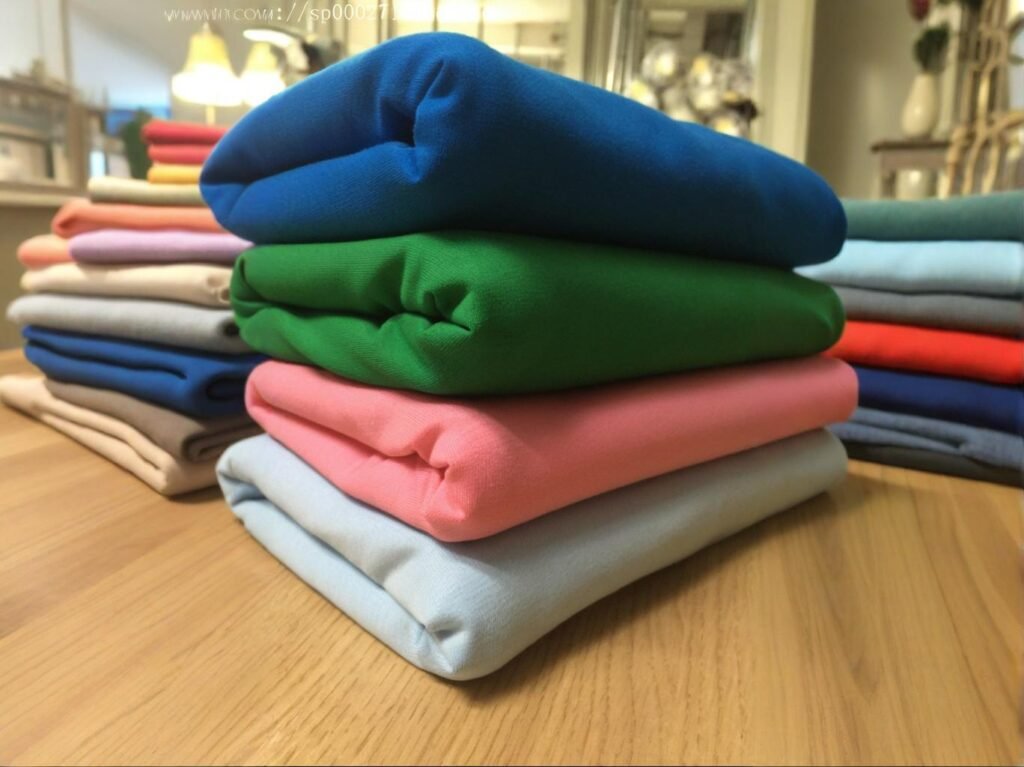
As global markets shift toward personalization, ethical sourcing, and performance materials, silk is no longer just a luxury—it’s a strategic differentiator. And whether you’re a growing brand, a private label retailer, or an established textile buyer, SzoneierFabrics is here to support your innovation.
🧵 Why B2B Buyers Choose Us:
- ✔ Custom silk solutions from fiber to finish
- ✔ Low MOQ (as little as 50 meters)
- ✔ Fast sampling (3–5 days)
- ✔ Free design support and fabric swatches
- ✔ International quality assurance and compliance
Let’s create your next best-selling silk product—backed by craftsmanship, innovation, and a future-focused vision.
Can't find the answers?
No worries, please contact us and we will answer all the questions you have during the whole process of bag customization.
Make A Sample First?
If you have your own artwork, logo design files, or just an idea,please provide details about your project requirements, including preferred fabric, color, and customization options,we’re excited to assist you in bringing your bespoke bag designs to life through our sample production process.


